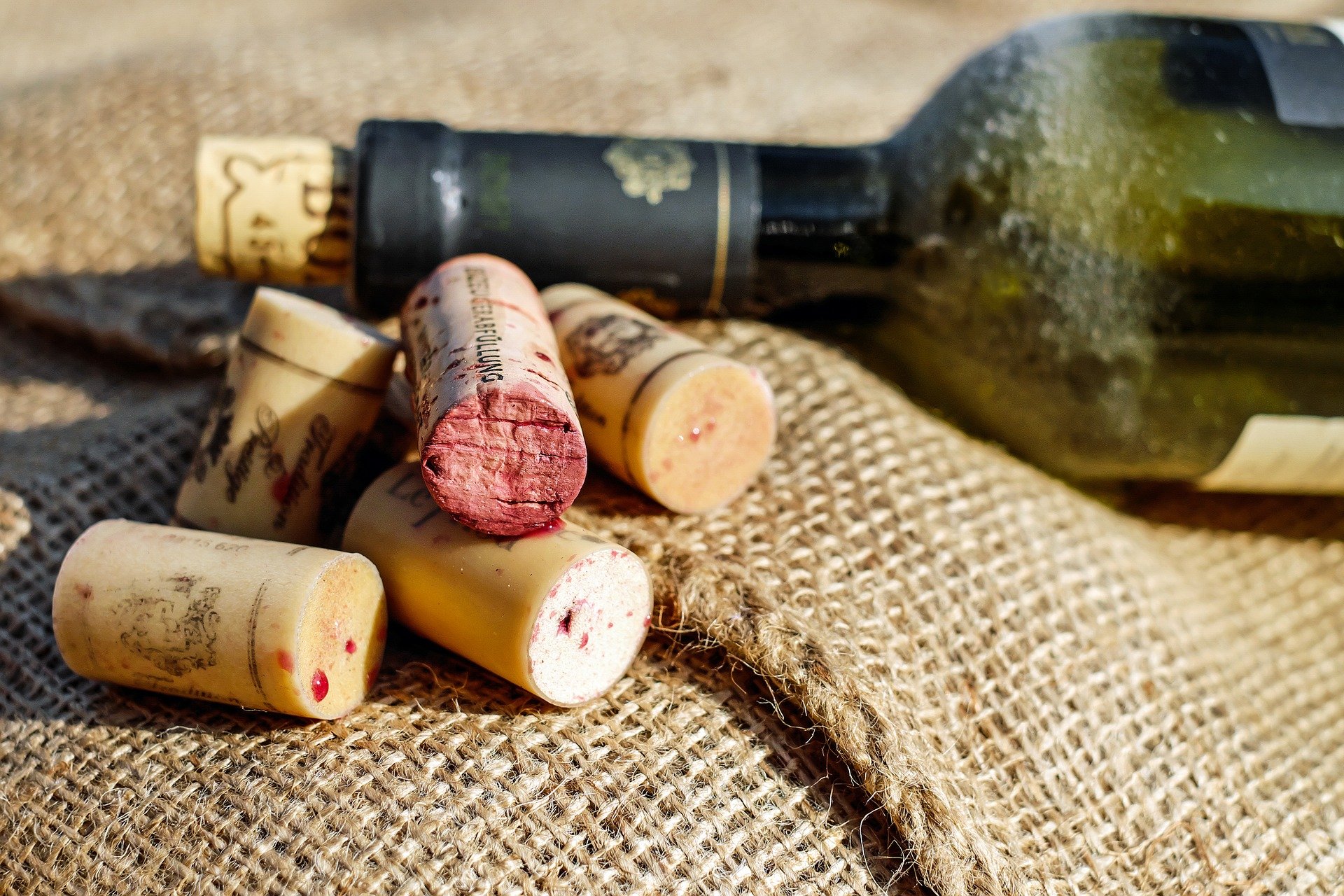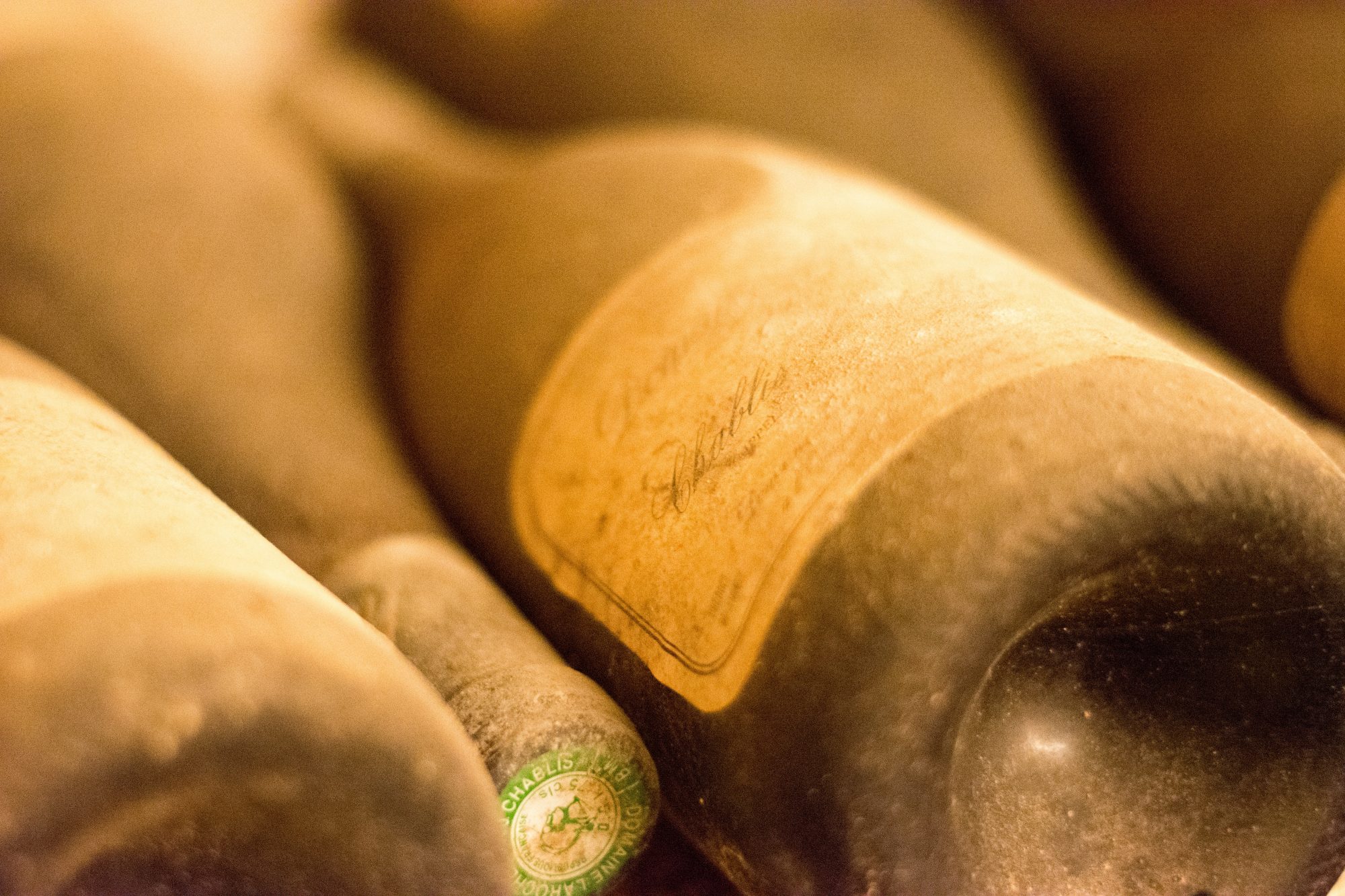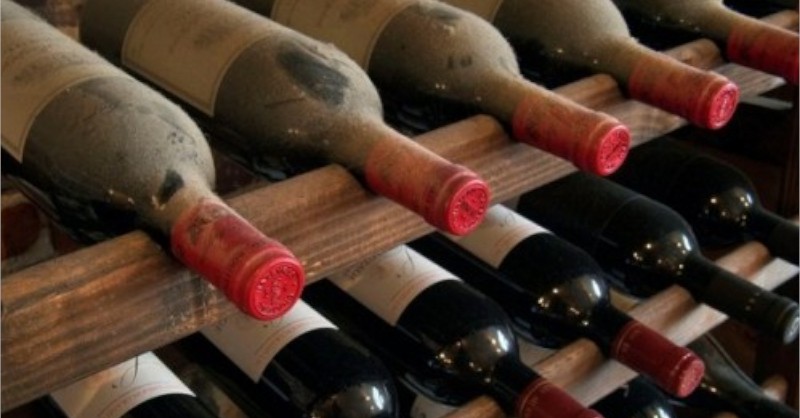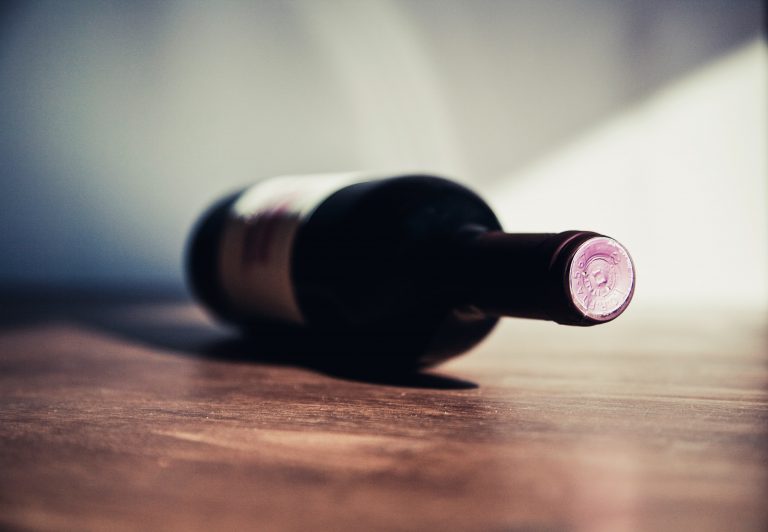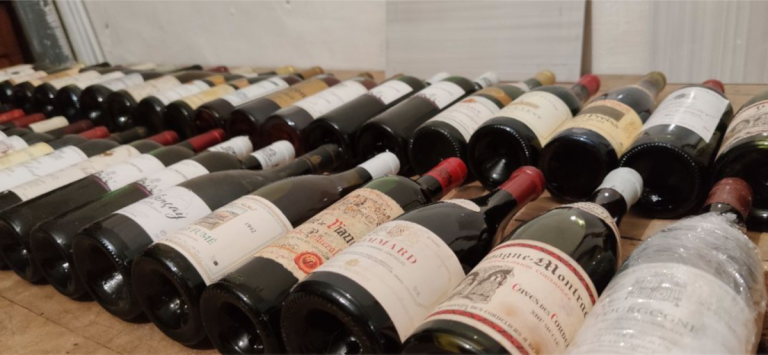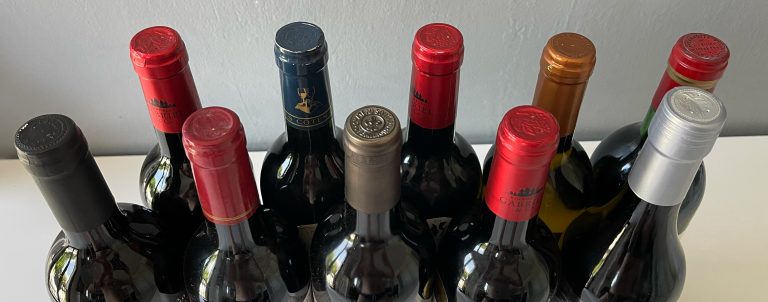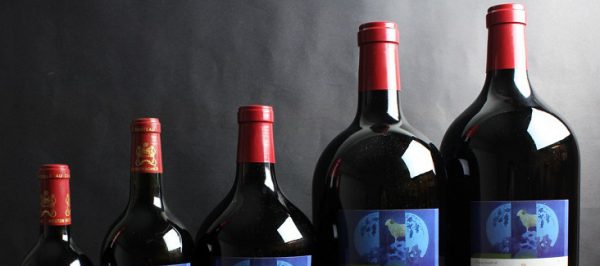Many of you are wondering why Cashiswine does not take back wines beyond a certain age limit and more broadly the quickly rotating wines.
The answer is simple. The preservation and evolution of the wine depends closely on the shutter used, namely the cork!
To allow consumers to taste wines without defects, the cork is an element that has a decisive impact. In direct contact with the wine, it works to its aging and its development for an optimal tasting.
From the late 1970s to the early 1990s, corks fell significantly in quality. The drifts were numerous because of a decrease of rigor on the part of the corkers. Although they have since intensified their quality controls and sourcing of their raw materials, there are still a large number of corked bottles and runners dating back to this period.
For a wine producer, bottling is a decisive moment. The choice of type of corking is made according to the quality of the wines marketed. It is therefore unnecessary for a producer to use quality corks which are therefore expensive for wines with a fast rotation or which do not have the ability to age.
Every year around the world, it fills up about 17 billion bottles, 60% of which are corked. 90% of wine bottles bought in France are blocked by a cork considered by consumers as a guarantee of quality.
The shape of the cap
Cork is a material with many technical qualities. It is lightweight, waterproof, compressible, elastic, good thermal and acoustic insulation, practically rot-resistant and very resistant to friction. These many features give it a premium use.
Today, the cork can take many forms. Of a very specific shape with the champagne cap where its shape is due to the constraints of its corking, a conical shape for the wine barrels to the simple cylindrical shape for the bottles we know. The cork adapts and is formed to the container that it closes.
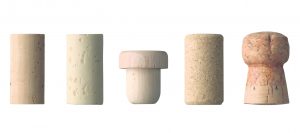
The size of the cap
The normal size of a cork is 24 mm in diameter (to fit into an 18 mm neck) and its length varies according to the type of wine. The longer the wine needs to age, the longer the cork will be (54 mm for Bordeaux wines). Plugs of all sizes, ranging from 34 to 54 mm, are available on the market. But length is not the only criterion.
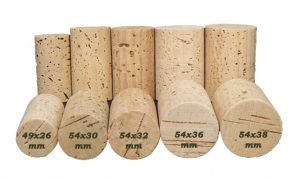
The quality of the cap
Consumers’ taste for cork is very closely linked to the marketing of tradition. Indeed, while cork remains the most relevant method of corking for high-quality wines, it is absolutely not necessary to keep the wines to be aged for less than 5 years. This explains the confusion in the minds of consumers.
A wine producer takes into account several elements to best refine the type of corking: the destination of the wine, the shelf life and the type of wine.
Wouldn’t there be a financial logic in choosing the cork?
The best cork is the so-called «natural» cork, made of traditional and tuber cork directly in the cork boards using automatic or manual machines driving a rotary cutter of the desired diameter.
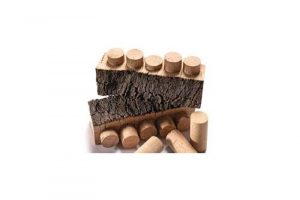
There are three qualities: superior (wine for aging), first choice (wine for medium aging) and second choice (wine for rapid rotation). The difference depends on the size of the lenticels on the surface of the cap. The less perforation in the structure of the cork, the greater its impermeability.
For fast-moving wines, where cost is an important element, wine producers use the second choice. This category has important lenticels and defects that do not ensure quality plugging.
To reduce costs, new cork-based corks have appeared. They are plugged or agglomerated.
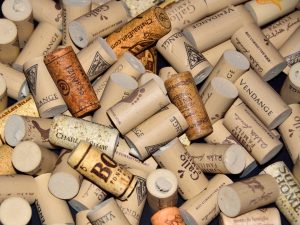
They look like corks, but consume less of the precious material. Less expensive, their quality is nevertheless sufficient for the corking of wines with rapid rotation.
Going a little further into the low end, the synthetic caps touch the bottom. If they claim to imitate the cork by their shape, hoping that the consumer will see nothing but fire, they are actually made from a petroleum derivative. Paradoxically, their organoleptic quality is relatively good. These corks ensure a total tightness and thus a lack of deviation of the wines they obtain. They are nevertheless reserved for low-end wines.
Faced with the continuous rise in the price of imported cork and supply costs, the choice of producers is quickly made! Cork for great wines, cork for medium quality wines, cork for cork for cork and cork for synthetic cork for others. This would be to forget that there are in fact other alternatives that present excellent compromises in terms of organoleptic qualities, aesthetics and prices.
